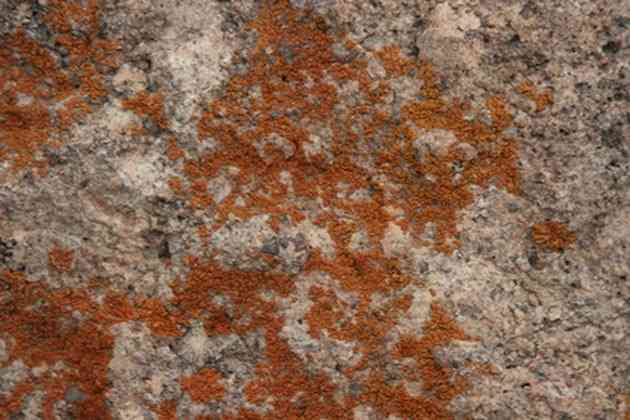The Healthiest Types of Pasta

Pasta in all its forms and colors is a high-carbohydrate comfort food that can still be a healthy part of your balanced diet. Pasta made from whole-grain flours contains more fiber and nutrients than white-flour varieties. The Harvard School of Public Health recommends getting at least 20 to 30 grams of fiber per day. Fiber helps improve digestion, cholesterol levels and heart health. Choose the right kind of pasta to get adequate fiber, vitamins and minerals.
 A close-up of whole grain fusilli pasta. (Image: HandmadePictures/iStock/Getty Images)
A close-up of whole grain fusilli pasta. (Image: HandmadePictures/iStock/Getty Images)Whole-Grain Varieties
Whole-grain varieties of pasta are higher in fiber and nutrients than regular, white or unenriched pasta. A cup -- 140 grams -- of cooked whole-wheat spaghetti gives you 6.3 grams of fiber -- about 20 to 30 percent of the recommended daily intake -- as well as 7.5 grams of proteins and 37 grams of carbohydrates. In comparison, an equivalent amount of cooked unenriched spaghetti contains 2.5 grams of fiber and 43 grams of carbs. Whole-wheat pasta is also higher in essential nutrients such as B vitamins, calcium, iron and magnesium.
Oat Bran Pasta
Pasta made from oat bran is automatically whole-grain and rich in fiber, protein and essential nutrients. A cup -- 100 grams -- of oat bran contains 15.4 grams of fiber, almost three times as much as the equivalent amount of whole-wheat pasta. It also gives you 58 milligrams of calcium, 5.4 milligrams of iron and 235 milligrams of magnesium. Additionally, a cup of oat bran contains vitamin B-6 and other vitamins. While oats and oat products are naturally gluten-free, they may be contaminated with other grains during processing. If you have a wheat allergy, choose oat bran or oat flour pasta that is labeled gluten-free.
Barley Meal Pasta
Barley is another grain that is naturally high in fiber and can be used to make whole-grain pasta. A cup -- 148 grams -- of barley meal or flour contains 10.11 grams of fiber, about 30 to 50 percent of the daily recommended intake and more fiber than in the equivalent amount of oat flour or whole-wheat pasta. A cup of this whole-grain flour also gives you 15.54 grams of protein.
Portion Size
How much you eat is as important as what you eat to maintain a healthy weight and balanced daily diet. The Cleveland Clinic advises that one serving size is ideally only 1/2 cup of cooked pasta. If you have diabetes, it is even more essential to control your carb intake; the recommended amount for diabetics is 1/3 cup of pasta. Serve your pasta with lean protein such as skinless poultry or fish and add a side of steamed or raw vegetables for more protein and nutrients.




